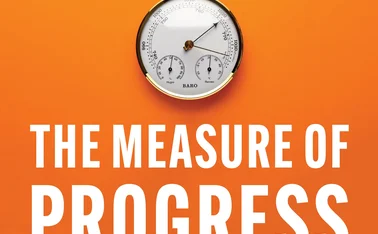
Jordan revamps forecast model with richer interactions
Jam2.0 adds a fiscal block and captures more complexities of central bank policy

The Central Bank of Jordan has updated its key medium-term forecast model, adding a new fiscal block and more detailed open economy analysis.
The update to the Jordan Analysis Model (Jam) was carried out with technical assistance from the International Monetary Fund. A new IMF working paper sets out the main changes.
Jam2.0 is a quarterly projection model with a semi-structural framework. It reflects elements of new Keynesian theory, such as monopolistic competition, nominal rigidities and
Only users who have a paid subscription or are part of a corporate subscription are able to print or copy content.
To access these options, along with all other subscription benefits, please contact info@centralbanking.com or view our subscription options here: subscriptions.centralbanking.com/subscribe
You are currently unable to print this content. Please contact info@centralbanking.com to find out more.
You are currently unable to copy this content. Please contact info@centralbanking.com to find out more.
Copyright Infopro Digital Limited. All rights reserved.
As outlined in our terms and conditions, https://www.infopro-digital.com/terms-and-conditions/subscriptions/ (point 2.4), printing is limited to a single copy.
If you would like to purchase additional rights please email info@centralbanking.com test test test
Copyright Infopro Digital Limited. All rights reserved.
You may share this content using our article tools. As outlined in our terms and conditions, https://www.infopro-digital.com/terms-and-conditions/subscriptions/ (clause 2.4), an Authorised User may only make one copy of the materials for their own personal use. You must also comply with the restrictions in clause 2.5.
If you would like to purchase additional rights please email info@centralbanking.com test test test







